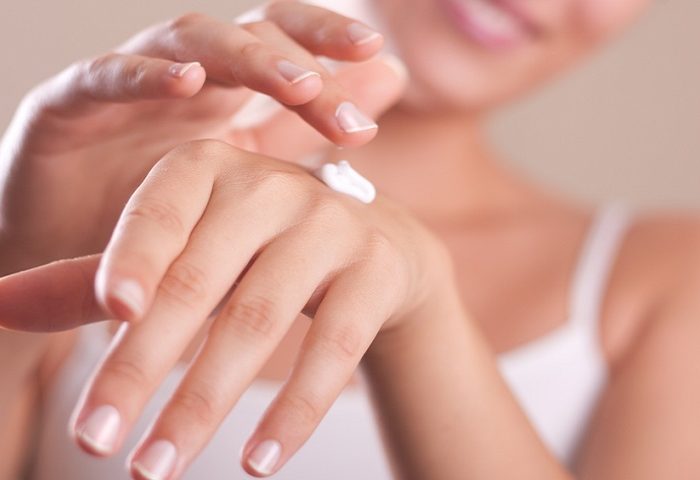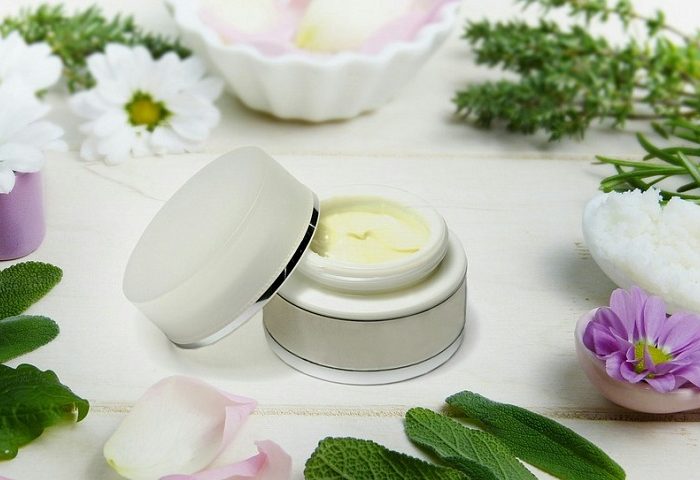Reducing Scarring
Even the smallest of scars can be unsightly and when visible they can lower self-esteem and confidence. For deep wounds, stitches are often required to reduce the risk of infection and promote healing, but can be painful in the process. It involves sewing the skin together after injury or surgery and can cause a raised surface as well as discoloration of the skin. Whilst the scarring caused by stitches may not be able to be removed altogether, if you follow our seven simple steps you will be able to make the mark left by them a whole lot less visible and leave you feeling more confident.
#7 Keep it Covered
 By keeping the stitched area covered you will speed up recovery time by preventing any further infection caused by bacteria. Make sure the wound is clean and then cover the area with a sterile bandage that will help absorb moisture and stave off infection. Be sure to clean the wound regularly and change the dressing according to the directions given by your doctor. Depending on the location of the wound, you may need help from somebody else if it is in a hard-to-reach place.
By keeping the stitched area covered you will speed up recovery time by preventing any further infection caused by bacteria. Make sure the wound is clean and then cover the area with a sterile bandage that will help absorb moisture and stave off infection. Be sure to clean the wound regularly and change the dressing according to the directions given by your doctor. Depending on the location of the wound, you may need help from somebody else if it is in a hard-to-reach place.
On a final note – Make sure you use a gauze or cotton dressing to prevent infection and increase recovery time.
#6 Say no to Hydrogen Peroxide
Once considered an essential wound treatment, hydrogen peroxide can actually destroy new skin cells. As the healing process begins, skin cell growth is very important for the repairing of the skin and the reduction of the visibility of scarring left behind after the removal of the stitches.
On a final note – Keep the wound clean, but avoid hydrogen peroxide as it prevents the production of new skin cells.
#5 Keep it Clean
 For the first week or so it is best to use an antibiotic ointment underneath a bandage to prevent a bacterial infection that can prevent proper healing. Make sure you have clean hands before tending to the wounded area. After the first week, or under the instruction of your doctor, switch to petroleum jelly or another recommended cream to promote new skin cell growth. Rub the scar with petroleum jelly a few times a day in order to get the best results.
For the first week or so it is best to use an antibiotic ointment underneath a bandage to prevent a bacterial infection that can prevent proper healing. Make sure you have clean hands before tending to the wounded area. After the first week, or under the instruction of your doctor, switch to petroleum jelly or another recommended cream to promote new skin cell growth. Rub the scar with petroleum jelly a few times a day in order to get the best results.
On a final note – Avoid infection by using an antibiotic ointment followed by petroleum jelly or another recommended moisturiser to boost skin repair.
#4 Vitamin E Oil
Once the stitches have been removed by a health professional, grab some vitamin E oil and lather up several times each day. Vitamin E is rich in antioxidants and can play a valuable role in the growth of new skin cells as well as reducing the need for collagen – the main component of scar tissue. Be generous with the oil and rub it in with a massaging motion to reduce the visibility of the scar. You can also try this on old scars and even take Vitamin E supplements to help heal from within.
On a final note – Keep a little tube of Vitamin E oil handy and apply liberally throughout the day to rejuvenate the skin.
#3 Stay out of the Sun
 Whilst the sun’s rays may feel wonderful on your skin, they can slow the healing process and can cause even more discoloration around the wound site. The sun can actually activate melanocytes, which can cause pigmentation around the scar. When you are outside, keep your wounded area covered with clothing or a bandage, or be sure to wear sunscreen that is at least SPF 15.
Whilst the sun’s rays may feel wonderful on your skin, they can slow the healing process and can cause even more discoloration around the wound site. The sun can actually activate melanocytes, which can cause pigmentation around the scar. When you are outside, keep your wounded area covered with clothing or a bandage, or be sure to wear sunscreen that is at least SPF 15.
On a final note – Reduce the risk of a slow healing process and added discoloration by covering up when exposing yourself to the sunshine.
#2 Rub it Out
By simply massaging the scarred area for 15-30 seconds, three times a day, you can minimize the visibility of the scar by helping to break down collagen tissue and create smoother skin. The massage will also help promote the growth of new skin cells, thereby reducing the appearance of scar tissue. There are products you can use to help speed up the process. Make to choose one from a trustworthy manufacturer which you can read about in this Research Verified review. Just make sure the wound has suitably healed before digging in your masseuse hands.
On a final note – Once the wound has healed, give it a quick massage a few times each day to reduce the sign of scarring. This technique may even prove effective on old scars.
#1 Keep Up the Fluids and Nutrients
The above steps are great, direct ways to reduce the scarring formed from stitches, but there is also plenty you can do to heal your scar from the inside out. Drink plenty of water to keep your skin hydrated and be sure to eat a variety of foods that are rich in Vitamins A, C, and E, as well as Omega-3 fatty acids and zinc. A good selection of these foods would include citrus fruits, nuts, seeds and olive oil. If for some reason you are unable to gain these nutrients from your daily diet, speak to a health professional about supplements.
On a final note – Help your body heal from the inside out with a nutrient rich diet and plenty of fluids, or possibly even supplements.
Now you have no excuses to worry about those scars. Follow your doctor’s guidelines, as well as our seven favorite steps, and your skin will be almost scar free following the removal of those stitches. These steps will work best on new scars, but if you have any old and undesirable scars give some of these steps a try and you will be amazed by the results.





